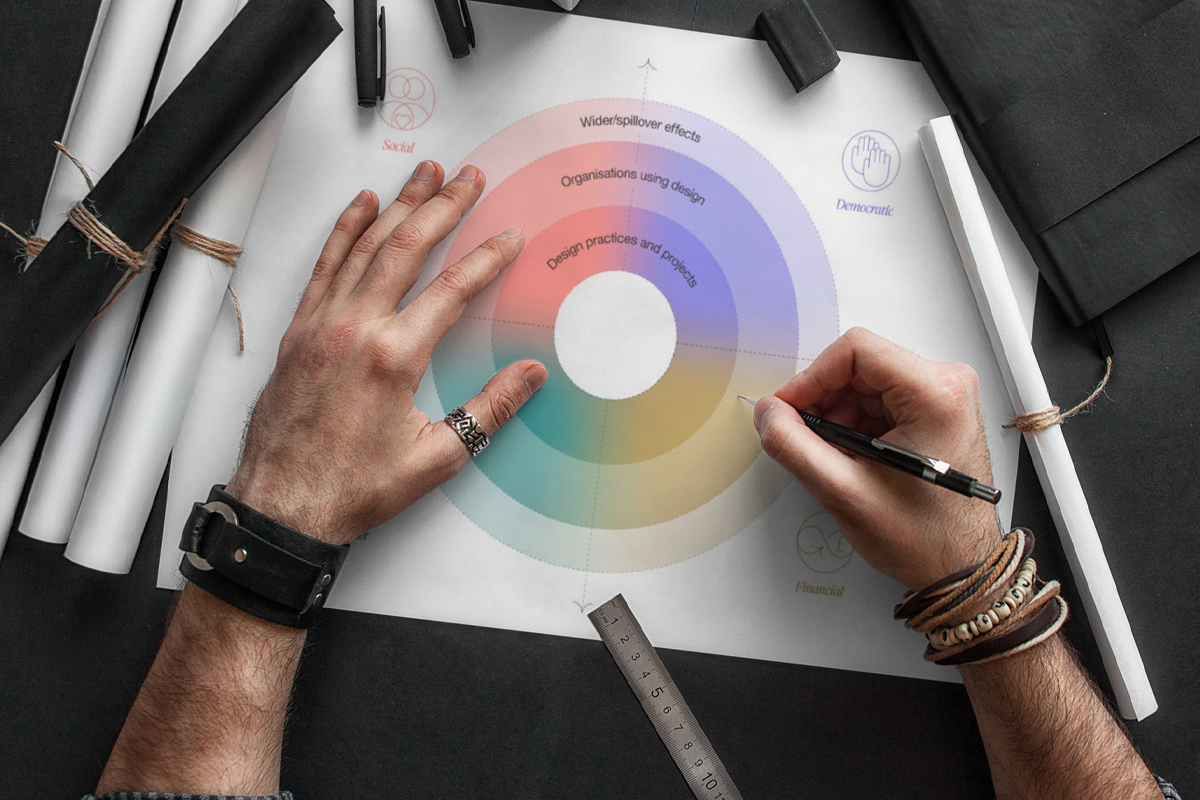Embarking on the journey of web design in the mid-’90s was akin to stepping into a digital frontier, where creativity ran wild and established norms were few. Building my first website during that era was a testament to the free-for-all atmosphere that characterized design and development. We navigated layouts using table elements, often resorting to pixel spacers for structure. Font styling resembled a puzzle, relying on a multitude of tags, and our typeface choices were limited to a handful, with Arial, Courier, and Times New Roman dominating the scene until the arrival of Verdana and Georgia in 1996, doubling our font options.
Opportunities for AI in Accessibility
In response to Joe Dolson’s recent exploration of the intersection between AI and accessibility, I deeply resonate with his skepticism surrounding AI’s broad applications. Even in my role as an accessibility innovation strategist at Microsoft, actively contributing to the AI for Accessibility grant program, I share a healthy skepticism. Much like any tool, AI possesses the potential for both constructive and destructive applications, ranging from inclusive and accessible to harmful. Joe’s discussion on computer-vision models generating alternative text underscores valid concerns, particularly regarding the current limitations of image analysis. While these models improve in detail, their contextual understanding remains a challenge, leading to potential inaccuracies in alt-text descriptions.
Personalization Pyramid: A Framework for Designing with User Data
In the fast-evolving realm of contemporary UX, the demand for personalized digital experiences has become a prevalent theme. As a UX professional navigating this data-driven landscape, it’s not uncommon to encounter requests to design personalized interfaces for public websites, user portals, or native applications. Despite the considerable buzz surrounding personalization platforms, there’s a noticeable gap in standardized approaches for their effective implementation. In this discussion, we assume a foundational understanding of digital personalization and explore common scenarios that often propel personalization projects.
Mobile-First CSS: Is It Time for a Rethink?
The mobile-first design methodology, celebrated for its user-centric approach and well-practiced principles, has been a staple in the design landscape for years. However, does the same enthusiasm apply when it comes to developing CSS in a mobile-first fashion? This article navigates through the complexities of classic mobile-first CSS development, examining its strengths and potential pitfalls.
Designers, (Re)define Success First
About two and a half years ago, I introduced the concept of daily ethical design, driven by frustration with the barriers hindering the achievement of usable, equitable, and privacy-centric design. The aim was to integrate design ethics into daily work, processes, and tools at a structural level. Despite initial efforts utilizing tools like checklists and assumption tracking, achieving a consistently high moral quality of design proved challenging across all projects. A deep dive into the root causes led to an understanding of the systemic issues within the prevailing capitalist structure that perpetuates consumerism, inequality, and an obsession with endless growth.





